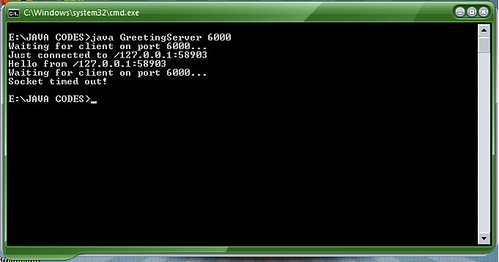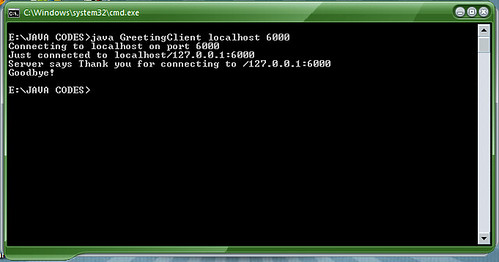So I think I'm gonna start reading articles about Android..
and first thing that comes to my mind was that.. is Android = Java? Cause if it's a yes I think I'll really grab this Android application development since I have a background in Mobile Development (Java ME). So I hit the Google search button for this topic and found a very nice article..
http://weblogs.java.net/blog/opinali/archive/2010/08/17/android-java
and I felt better reading this line.. "If you know Java programming (down to advanced and low-level details), you know Android programming. It's just a matter of learning some new APIs and framework concepts. ".
and with whatsoever off-topic I reached till the comments below.. (about Google using Java blah blah blah) I do agree with this comment from the blog.. "That's not violating any copyright or whatsoever. This is called BUSINESS, INNOVATION, INVENTION. " From our Technopreneurship subject, one has to innovate an already existing idea or business or else your "newly arrived business" will completely fail. (from our topic DIFFERENTIATE or DIE)
urghh so much about those comments..
I don't really want to read anymore issues about Oracle suing Google or others.. I just want to know if Android language or



























